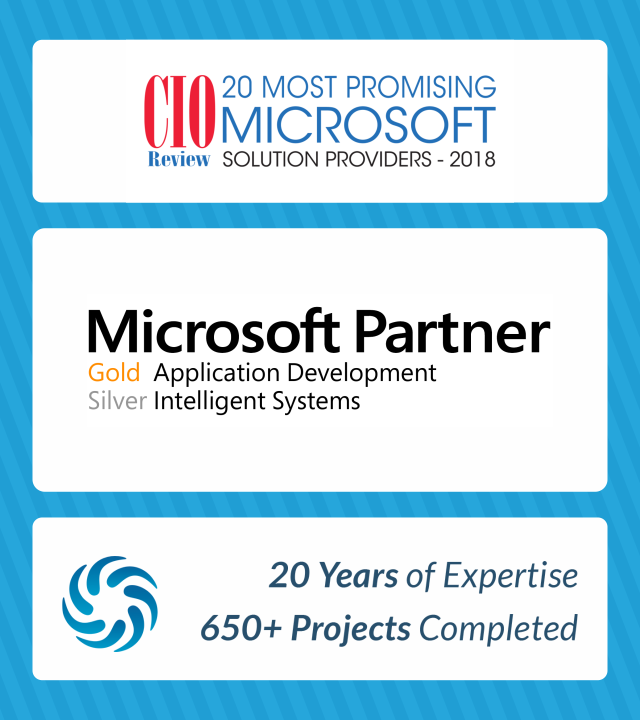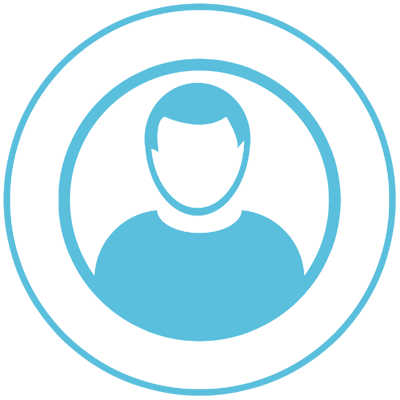 Client Background
Client Background
Alliant Event Services (AES) is a leading supplier of event equipment. They provide full-service design, staging and production for meetings, special events and live performances. Our rental solutions include audio visual equipment, stage lighting equipment, projectors, computers, monitors, kiosks and much more. In addition, we offer a variety of AV services including audience response systems, web casting, set designs, digital signage, wireless networking, presentation management and trade show exhibitor services.
 Challenges
Challenges
AES was using an internally developed billing and scheduling system for creating Quote, Contracts, etc. The application had been developed on a legacy platform and AES wanted to migrate to a new technology platform as it was becoming difficult to maintain the system as well enhance its functionality based on their changing business needs.
However the client faced the following challenges in implementing the above ideas
- The old legacy system was built in layers over the years and the business logic was scattered all over the code. Further, since it was built in-house, the code was not efficient.
- The client needed a way to slowly transition to the new system as a complete rewrite would take many months. Hence they needed a mechanism for both the systems to co-exist till the entire system was migrated over to the new platform.
 Solutions
Solutions
AES contacted Rheal for the migration and we provided a roadmap for the same.
- Rheal developed in the new solution in ASP.NET using an n-tier architecture whereby we would separate the User Interface layer from the Business Logic layer. This helped us centralize all the business logic in one place.
- We converted all the inline SQL queries into stored procedures for better code maintainability and faster execution time.
- Lastly, we also built a bridge between the old and the new system which enabled the client to share the data across the legacy and the new system thereby providing a gradual transition for the client.
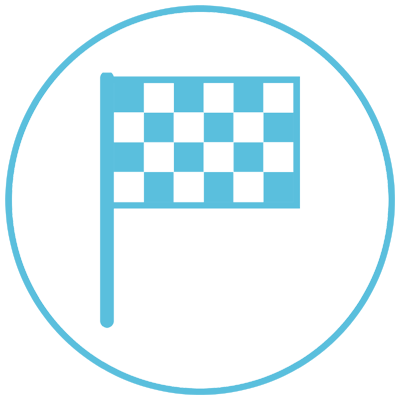 The Result
The Result
AES was able to successfully transition from their legacy system to a modern technology platform in a gradual manner. The new system was more robust & scalable and provided better code maintainability.
 Insurance
Insurance
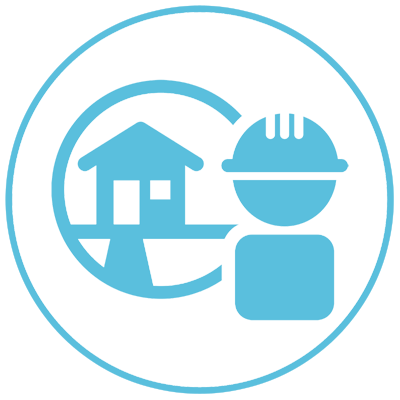 Construction
Construction
 Financial Services
Financial Services
 Mobile
Mobile
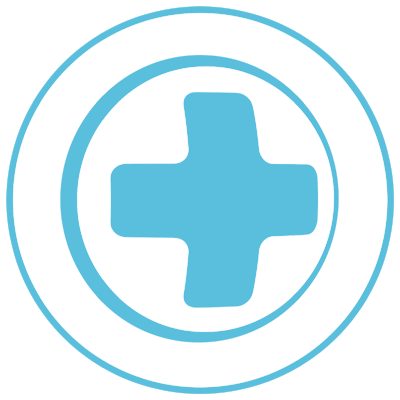 Health Care
Health Care
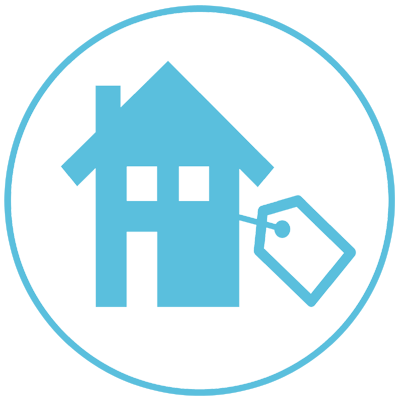 Real Estate
Real Estate
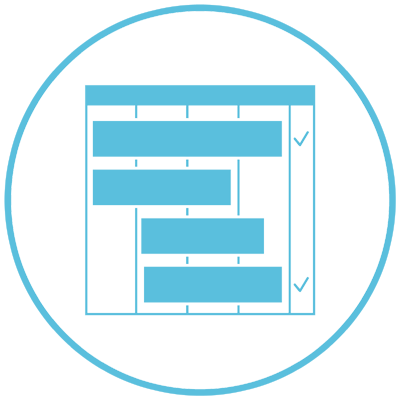 Project Management
Project Management
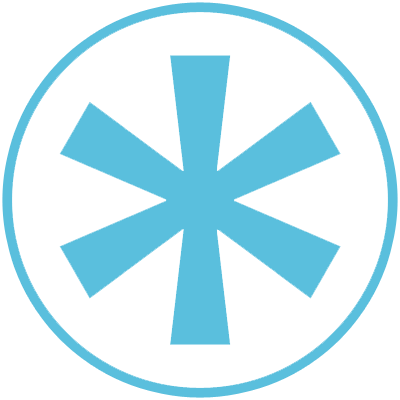 Other
Other

